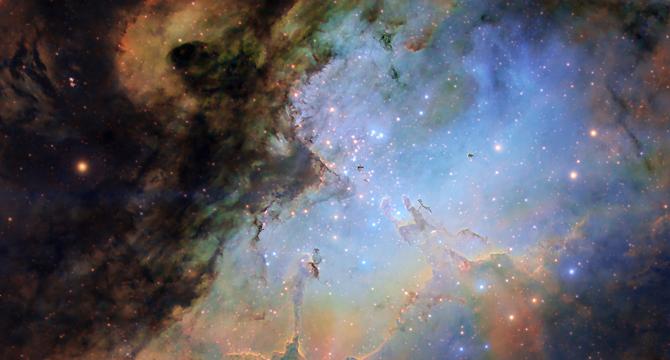Livescience
4d
312

Image Credit: Livescience
The universe is dying much faster than scientists thought, new study suggests
- A new study suggests that the universe could be dying much quicker than previously thought, with a theoretical maximum lifespan estimated at around 1,000,000,000,000,000,000,000,000,000,000,000,000,000,000,000,000,000,000,000,000,000,000,000,000 years.
- This estimate is based on the decay of stellar remnants, with a new upper limit proposed by researchers, significantly shorter than the previous estimate of 101,100 years.
- The study underscores the inevitability of all things decaying, although there is still ample time left to achieve remarkable feats.
- Stars evolve into different remnants like white dwarfs and neutron stars, with the most massive ones ending in supernovae or black holes that can eventually evaporate.
- The researchers' theory suggests that all massive objects could decay, similar to black holes, through a process called gravitational pair production, leading to their eventual demise.
- The new findings highlight the potential lifespan of various stellar remnants and theorize that supermassive black holes could survive up to 1096 years.
- While the universe may not necessarily last as long as these estimates suggest, it is projected that galaxies will run out of material for star formation within that timeframe.
- In around 17 trillion years, the last stars in the universe are expected to have died, leaving only the stars in our own Galaxy visible to our human eyes.
- Our sun is predicted to expand and die in approximately 5 billion years, making our solar system uninhabitable well before the rest of the stars meet their end.
- The study on stellar remnant decay has been described as fascinating, showing that these remnants have a maximum possible lifetime before they decay through processes akin to Hawking radiation.
Read Full Article
18 Likes
For uninterrupted reading, download the app